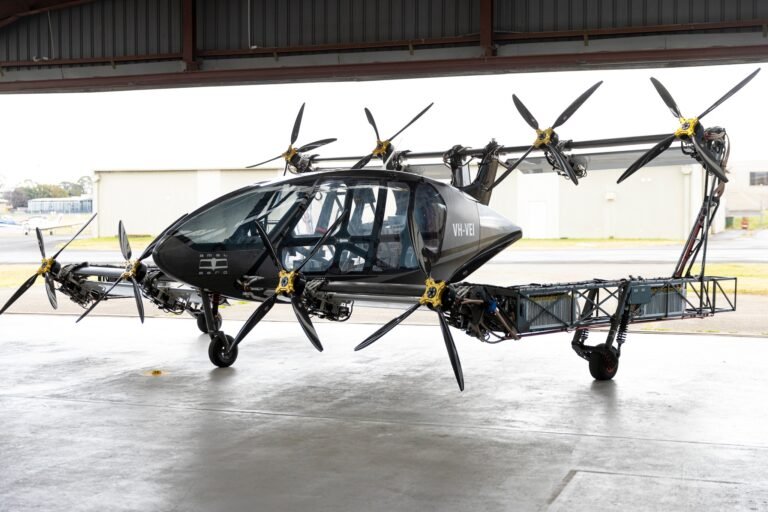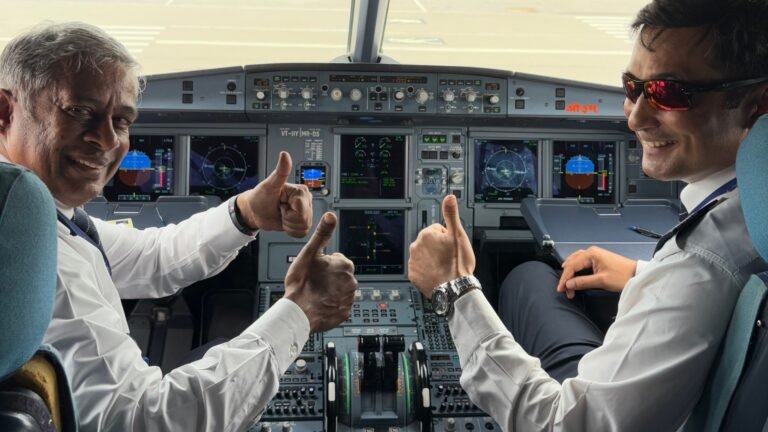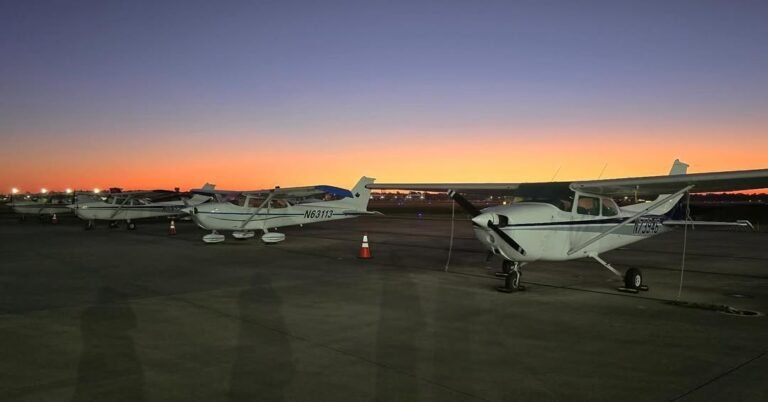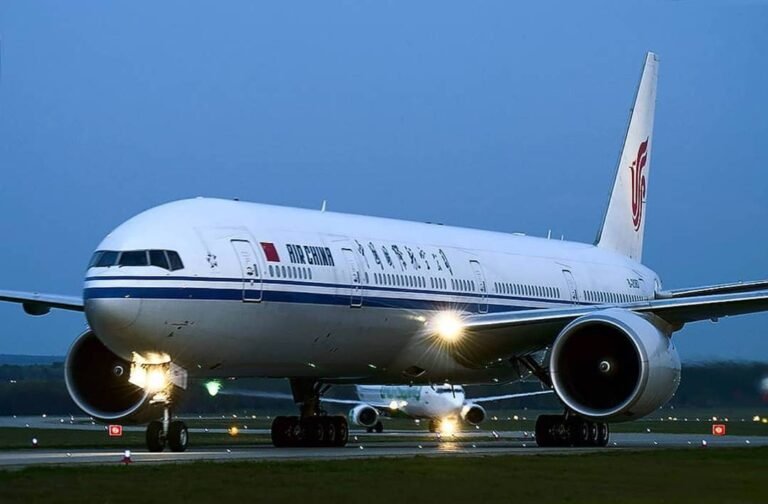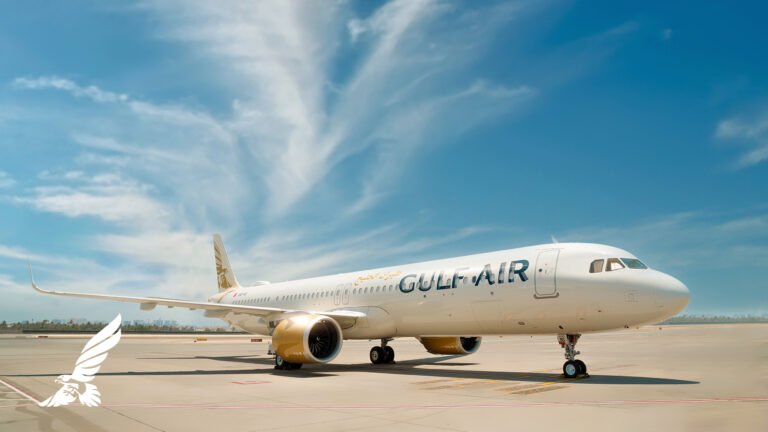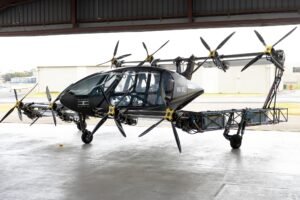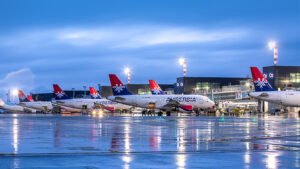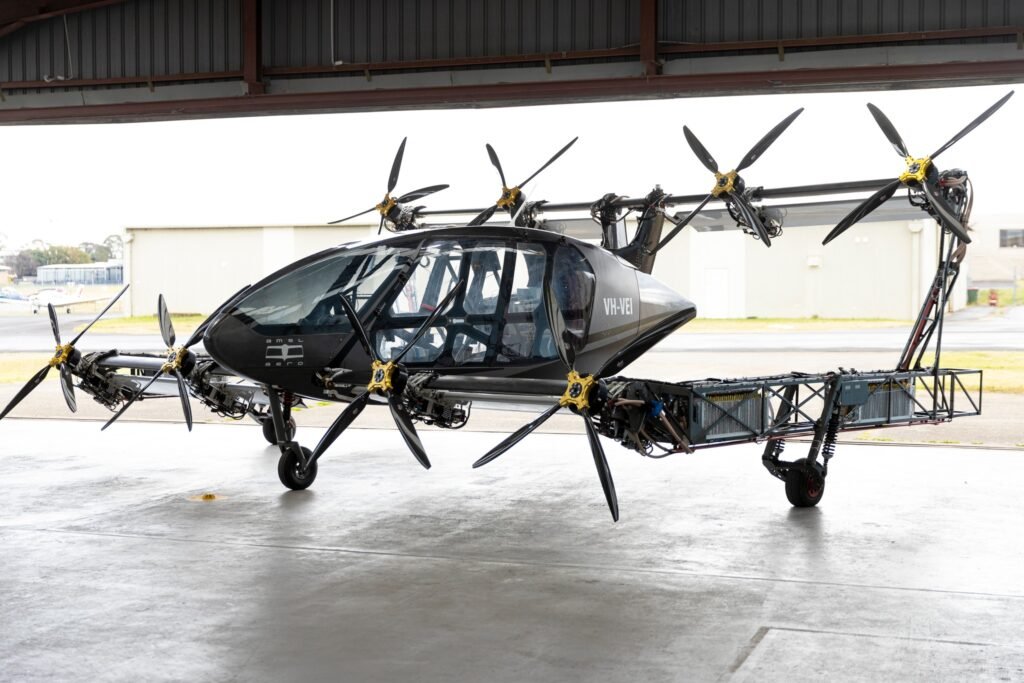
Wellington, New Zealand: The New Zealand Government has introduced a new civil aviation rule aimed at reducing regulatory barriers and accelerating innovation in aerospace and advanced aviation technologies. The reform, described as a “global-first,” establishes regulatory sandboxes that allow companies and research organisations to test and refine aviation technologies with fewer approval requirements.
Under the new framework, which comes into effect on 22 December 2025, organisations can make minor iterative changes to test systems without seeking fresh approvals from the Civil Aviation Authority of New Zealand (CAA), provided the changes are not “substantial.”
“This rule enables researchers and businesses to rapidly develop products without needing approval for small changes from the Civil Aviation Authority,” said Judith Collins, Minister for Space. “It provides clear pathways for the sector to test, trial, and grow while maintaining strong safety safeguards.”
The reforms include amendments to drone regulations under Part 101, Operating Rules and Part 102 – Operator Certification. Some operations that previously required Part 102 certification, such as night flights or beyond-visual-line-of-sight operations in enclosed spaces, have been reclassified under Part 101, reducing regulatory complexity for low-risk activities. High-risk operations, including agricultural spraying and use of toxic agents, remain tightly controlled.
A new rule, Part 107 – Research and Development Organisation Certification, formalises the sandbox approach, allowing research organisations to conduct experimental flights and technology trials without repeated regulatory approval.
The new rules coincide with a permanent designation of special-use airspace (SUA) around the Tāwhaki National Aerospace Centre near Christchurch. The SUA provides controlled airspace for experimental flights and test operations, activated on a per-need basis via NOTAMs, ensuring safety for other airspace users.
Associate Transport Minister James Meager emphasised that the reforms modernise drone regulation, clarifying which low-risk operations can proceed without certification while keeping high-risk activities under strict oversight.
The government says the changes signal a shift toward agile, innovation-friendly aviation governance. By reducing red tape, New Zealand positions itself as an attractive hub for aerospace R&D, including drones, autonomous aircraft, and electric vertical-takeoff-and-landing (eVTOL) platforms.
The regulatory overhaul builds on previous reforms under the Civil Aviation Act 2023, which updated rules around safety-sensitive personnel, authorisation, and airline transparency. The 2025 amendments are part of a broader Advanced Aviation initiative designed to support emerging aviation technologies while maintaining safety standards.
For aerospace developers and investors, the sandbox framework and dedicated test airspace lower barriers for prototyping and experimentation, potentially accelerating time-to-market for innovative aviation solutions.


